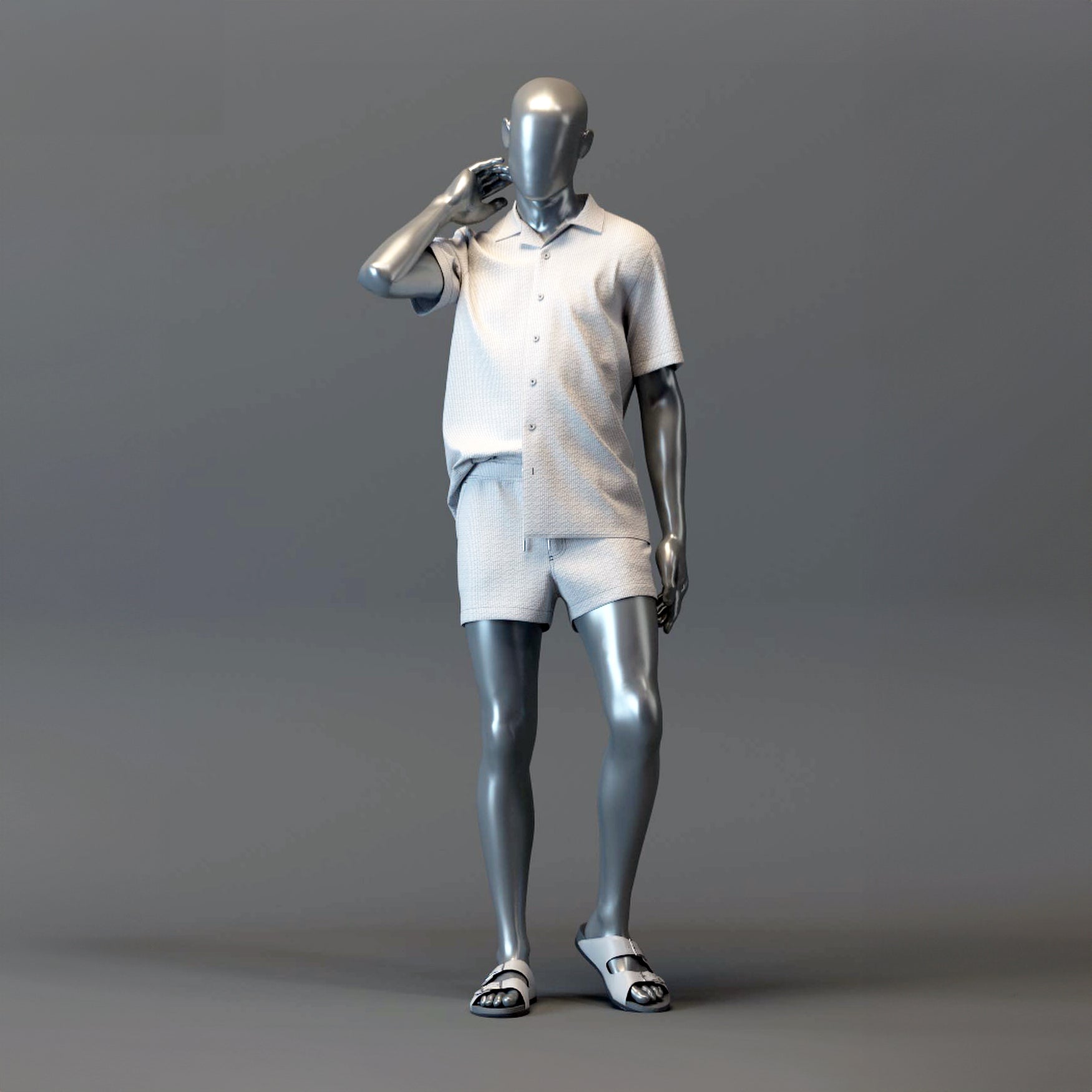
Unleashing Creativity: A Playbook for Generative AI in Fashion
In today's fast-paced fashion industry, staying ahead of the curve requires constant innovation and creativity. Designers, brands, and retailers are always on the lookout for groundbreaking techniques to create unique and captivating collections. One such groundbreaking technology that has revolutionized the industry is generative artificial intelligence (AI). Harnessing the power of machine learning, generative AI has the potential to redefine the creative process and unlock a world of endless possibilities.
Generative AI in fashion allows designers to explore new frontiers of creativity, providing them with fresh perspectives, novel ideas, and unconventional designs. It enables the generation of new garments, patterns, and textures, pushing the boundaries of what was previously thought possible. By leveraging the vast amounts of data available, generative AI algorithms can analyze trends, consumer preferences, and historical fashion archives to generate designs that captivate audiences and resonate with their desires.
To effectively harness the power of generative AI in fashion, a playbook of strategies and guidelines can serve as a valuable resource. Here, we present a playbook that showcases key considerations and steps to take when incorporating generative AI into the fashion design process.
-
Define the Creative Vision: Before embarking on the generative AI journey, it's crucial to establish a clear creative vision. Define the aesthetics, themes, and emotions you wish to convey through your designs. This vision will guide the generative AI algorithms in generating designs that align with your brand's identity.
-
Curate and Prepare Data: High-quality and diverse datasets are the foundation of successful generative AI models. Curate datasets comprising images, patterns, colors, and other relevant fashion elements. Ensure the datasets capture a wide range of styles, eras, and cultural influences, providing the generative AI with a rich source of inspiration.
-
Select the Right Algorithm: Various generative AI algorithms, such as generative adversarial networks (GANs) and variational autoencoders (VAEs), offer different capabilities and outcomes. Choose the algorithm that best aligns with your creative objectives and technical requirements.
-
Train and Fine-Tune the Model: Train the generative AI model using your curated datasets. Fine-tune the model iteratively, considering factors like style transfer, texture synthesis, and novelty. Continually evaluate the output to ensure it aligns with your creative vision and meets the desired quality standards.
-
Augment the Creative Process: Generative AI is a powerful tool to augment the creative process, not replace it. Use the AI-generated designs as a source of inspiration and ideation, allowing your design team to explore uncharted territories. Combine the AI-generated designs with human intuition and expertise to create truly innovative and unique collections.
-
Iterative Refinement: Fashion is an iterative process, and generative AI can facilitate rapid prototyping and experimentation. Continuously refine and iterate on the AI-generated designs, incorporating feedback from your design team and consumers. This iterative approach allows for constant evolution and improvement, ensuring your designs remain fresh and relevant.
-
Ethical and Sustainable Considerations: As with any technology, ethical and sustainable considerations are essential. Ensure that the generative AI algorithms and processes adhere to ethical standards, respect intellectual property rights, and consider environmental implications. Strive for responsible and sustainable AI practices throughout the design process.
-
Collaboration and Cross-Disciplinary Teams: Generative AI in fashion thrives on collaboration between designers, data scientists, and engineers. Foster an environment that encourages cross-disciplinary collaboration, enabling seamless integration of generative AI into the fashion design workflow. Embrace the diversity of perspectives and expertise to drive innovation and achieve remarkable results.
Generative AI in fashion has the potential to transform the industry, pushing the boundaries of creativity and enabling designers to redefine what's possible. By following this playbook, fashion professionals can leverage the power of generative AI to unlock new realms of inspiration, create captivating collections, and capture the hearts of consumers in the ever-evolving world of fashion. Embrace the possibilities and let generative AI be the catalyst for your next creative breakthrough.